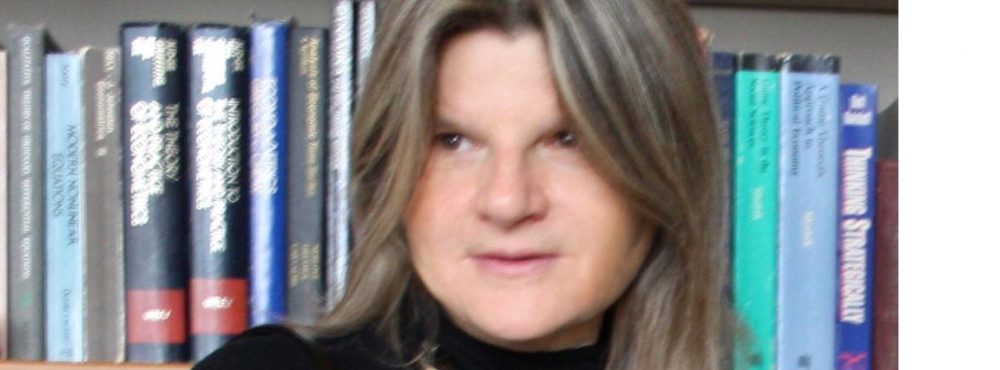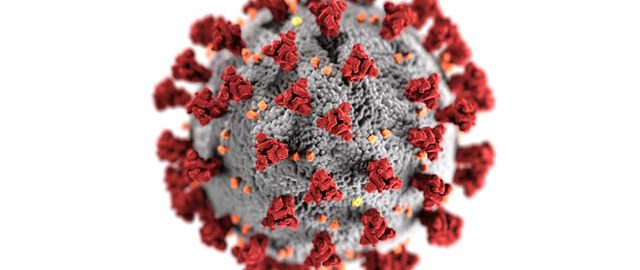A new GLO Discussion Paper provides first evidence that race does affect COVID-19 outcomes. A heterogeneity analysis reveals that the main channels of transmission are socioeconomic status and household composition.
The Global Labor Organization (GLO) is an independent, non-partisan and non-governmental organization that functions as an international network and virtual platform to stimulate global research, debate and collaboration.
GLO Discussion Paper No. 603, 2020
COVID-19, Race, and Redlining – Download PDF
by Bertocchi, Graziella & Dimico, Arcangelo
GLO Fellows Graziella Bertocchi & Arcangelo Dimico

Graziella Bertocchi 
Arcangelo Dimico
Author Abstract: Discussion on the disproportionate impact of COVID-19 on African Americans has been at center stage since the outbreak of the epidemic in the United States. To present day, however, lack of race-disaggregated individual data has prevented a rigorous assessment of the extent of this phenomenon and the reasons why blacks may be particularly vulnerable to the disease. Using individual and georeferenced death data collected daily by the Cook County Medical Examiner, we provide first evidence that race does affect COVID-19 outcomes. The data confirm that in Cook County blacks are overrepresented in terms of COVID-19 related deaths since|as of June 16, 2020|they constitute 35 percent of the dead, so that they are dying at a rate 1.3 times higher than their population share. Furthermore, by combining the spatial distribution of mortality with the 1930s redlining maps for the Chicago area, we obtain a block group level panel dataset of weekly deaths over the period January 1, 2020-June 16, 2020, over which we establish that, after the outbreak of the epidemic, historically lower-graded neighborhoods display a sharper increase in mortality, driven by blacks, while no pre-treatment differences are detected. Thus, we uncover a persistence influence of the racial segregation induced by the discriminatory lending practices of the 1930s, by way of a diminished resilience of the black population to the shock represented by the COVID-19 outbreak. A heterogeneity analysis reveals that the main channels of transmission are socioeconomic status and household composition, whose influence is magnified in combination with a higher black share.
More from the GLO Coronavirus Cluster
Featured image: Photo-by–fusion-medical-animation-on-Unsplash
GLO Discussion Papers are research and policy papers of the GLO Network which are widely circulated to encourage discussion. Provided in cooperation with EconStor, a service of the ZBW – Leibniz Information Centre for Economics, GLO Discussion Papers are among others listed in RePEc (see IDEAS, EconPapers). Complete list of all GLO DPs – downloadable for free.

Ends;

